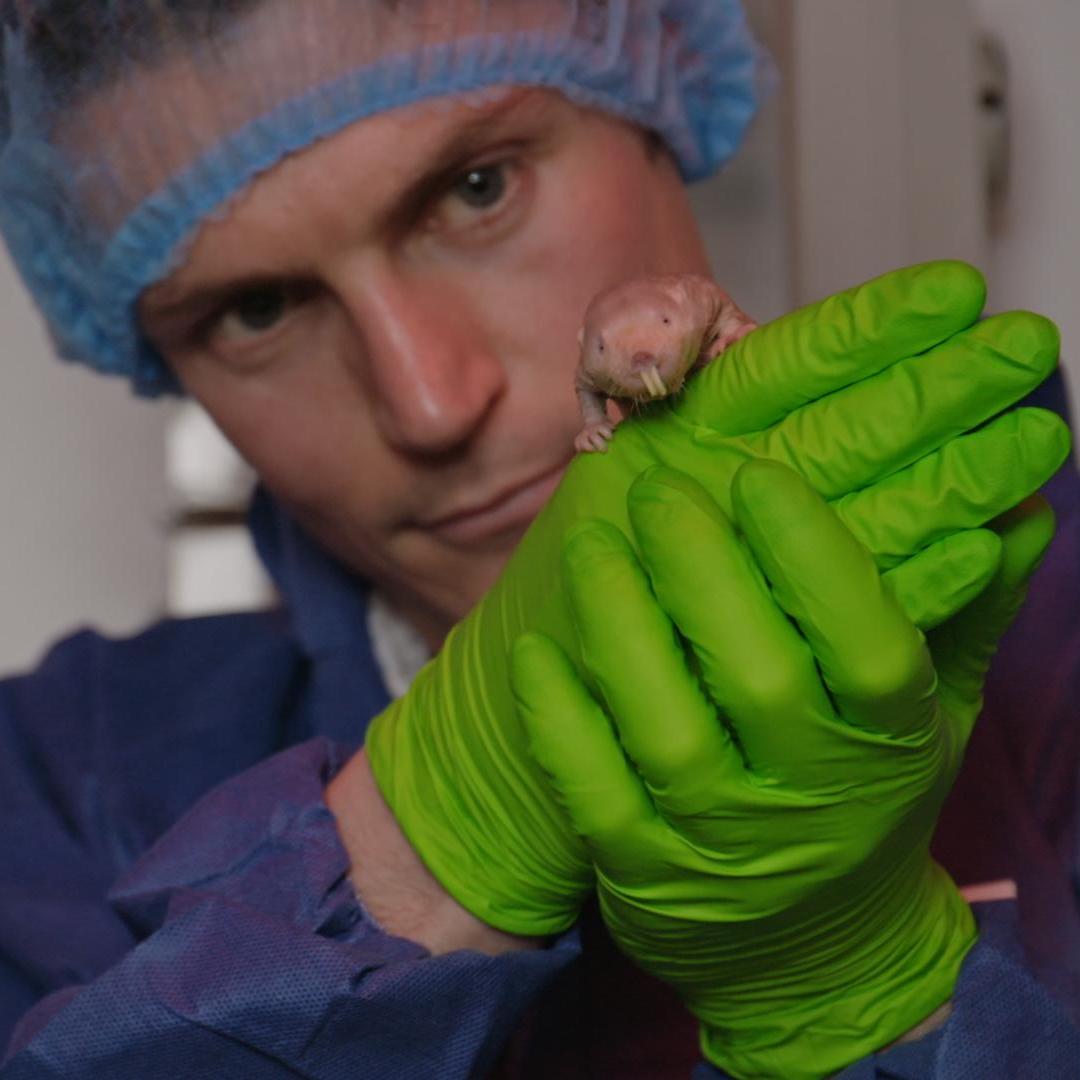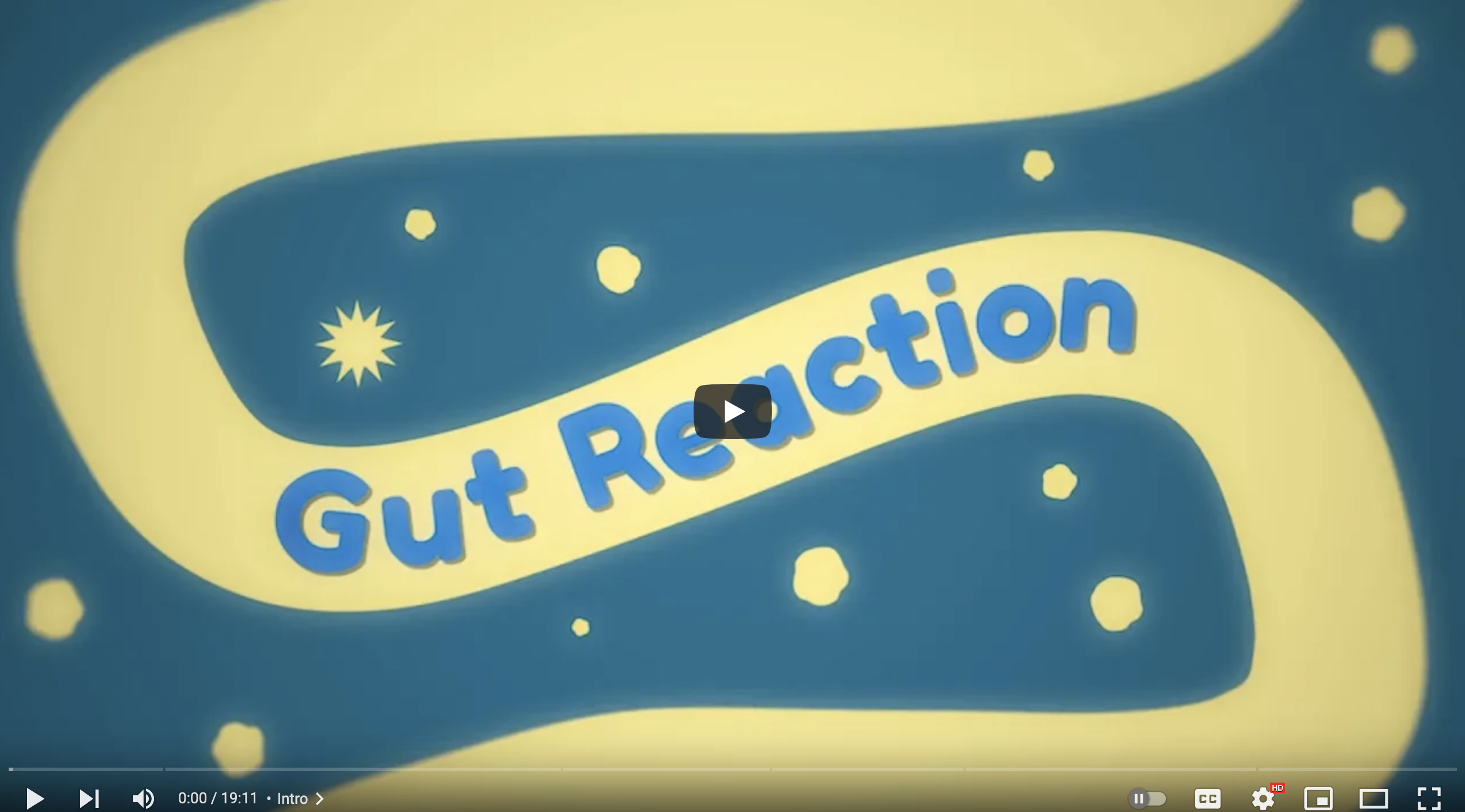 Prof. Ewan St. John Smith - Group leader / Acting Head of Department
Prof. Ewan St. John Smith - Group leader / Acting Head of Department
Professor of Nociception
Fellow at Corpus Christi College
Director of the Naked Mole-Rat Initiative
E-Mail:es336 [at] cam.ac.uk
Tel: +44 1223 334 048/334006
Fax: +44 1223 334100
Keywords
neurobiology, nociception/pain, acid-sensing, ion channels
Investigator biography:
Ewan St. John Smith studied pharmacology at the University of Bath before conducting his PhD in the laboratory of Peter McNaughton FMedSci at the University of Cambridge. During this time he became interested in how sensory neurons are activated by acid, which lead to him conducting a postdoc in the laboratory of Gary Lewin in Berlin at the Max-Delbrück Centre for Molecular Medicine to examine the acid insensitivity of naked mole-rats, research that was funded by a research fellowship from the Alexander von Humboldt Foundation. Pursuing interests in the evolution of chemosensing he then spent a year in the laboratory of Niels Ringstad at NYU School of Medicine, with a Max Kade Foundation fellowship, investigating how carbon dioxide activates sensory neurons in the nematode worm Caenorhabditis elegans.
Research in our lab is focused on understanding more about the molecular mechanisms by which stimuli activate neurons and the neuronal circuitry of behaviour. To this end, our research has two overarching aims:
1) To elucidate mechanisms by which the function of pain-sensing neurons (nociceptors) changes from health to disease, largely focusing on conditions affecting the joints (e.g. arthritis) and gut (e.g. inflammatory bowel disease).
2) To leverage the unusual phenotypes of the naked mole-rat (e.g. cancer-resistance, longevity, hypoxia/hypercapnia resistance and poikilothermy) to discover more about normal physiology in other mammals.
We use a range of techniques to investigate these areas: electrophysiology (patch-clamp and ex vivo), molecular biology, imaging, immunohistochemistry and behaviour.
I lecture on several different courses including: MedST/VetSTIB NHB/NAB, MedST/VetSTIB MoDA, NSTIB Pharmacology, and NSTII Pharmacology.
I am also a Fellow of Corpus Christi College where I supervise second year medics taking the MoDA course and second year NatScis taking the Pharmacology course. I am also Director of Studies for 3rd and 4th year biologists, as well as being the Custodian of the Corpus Chronophage Clock.
You can see more about what Ewan and the Lab get up to on Ewan's personal Twitter/X account.
In 2019 Ewan made a film funded by the BBSRC to examine how gut function goes wrong, the impact it has on peoples’ lives and how scientists and clinicians are working to better treat those affected.
In 2016 Ewan was involved in making a short film funded by the Wellcome Trust Institutional Support Fund that explores what it means to feel pain and what impact this has in robotic development, which won the 2017 Arts and Humanities Research Council Research Film of the Year Award.
Lab members
See the Lab Member's tab



